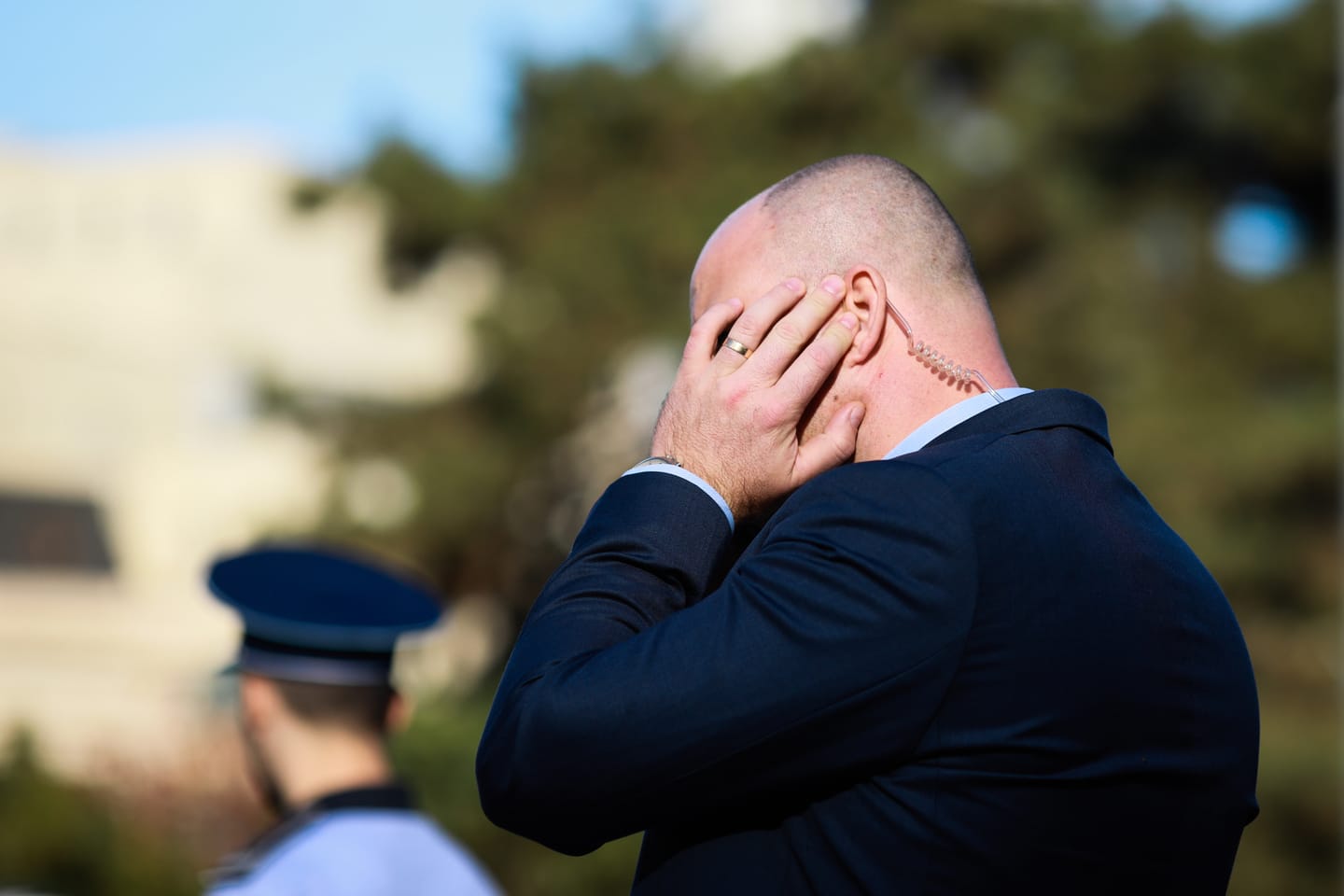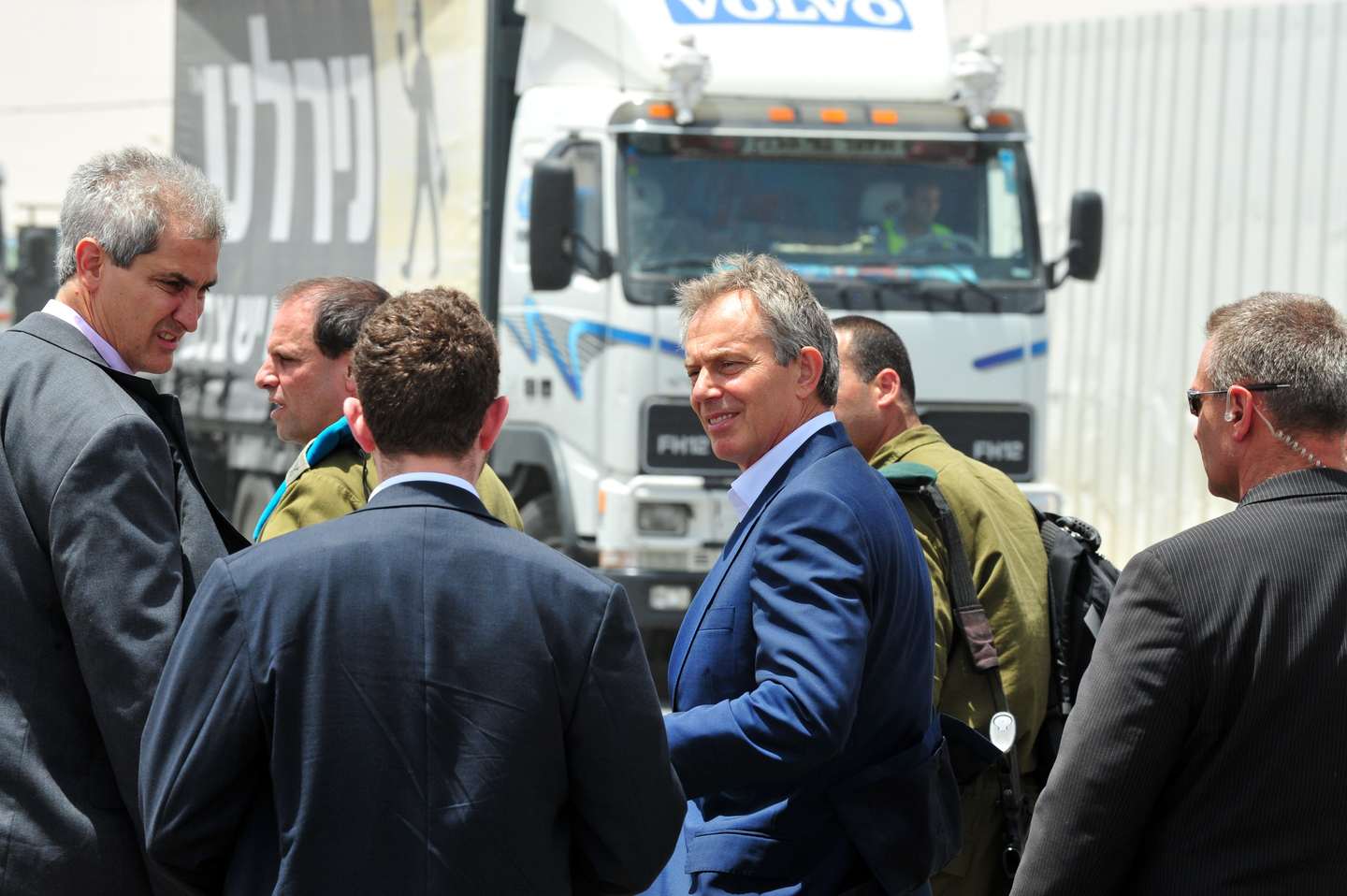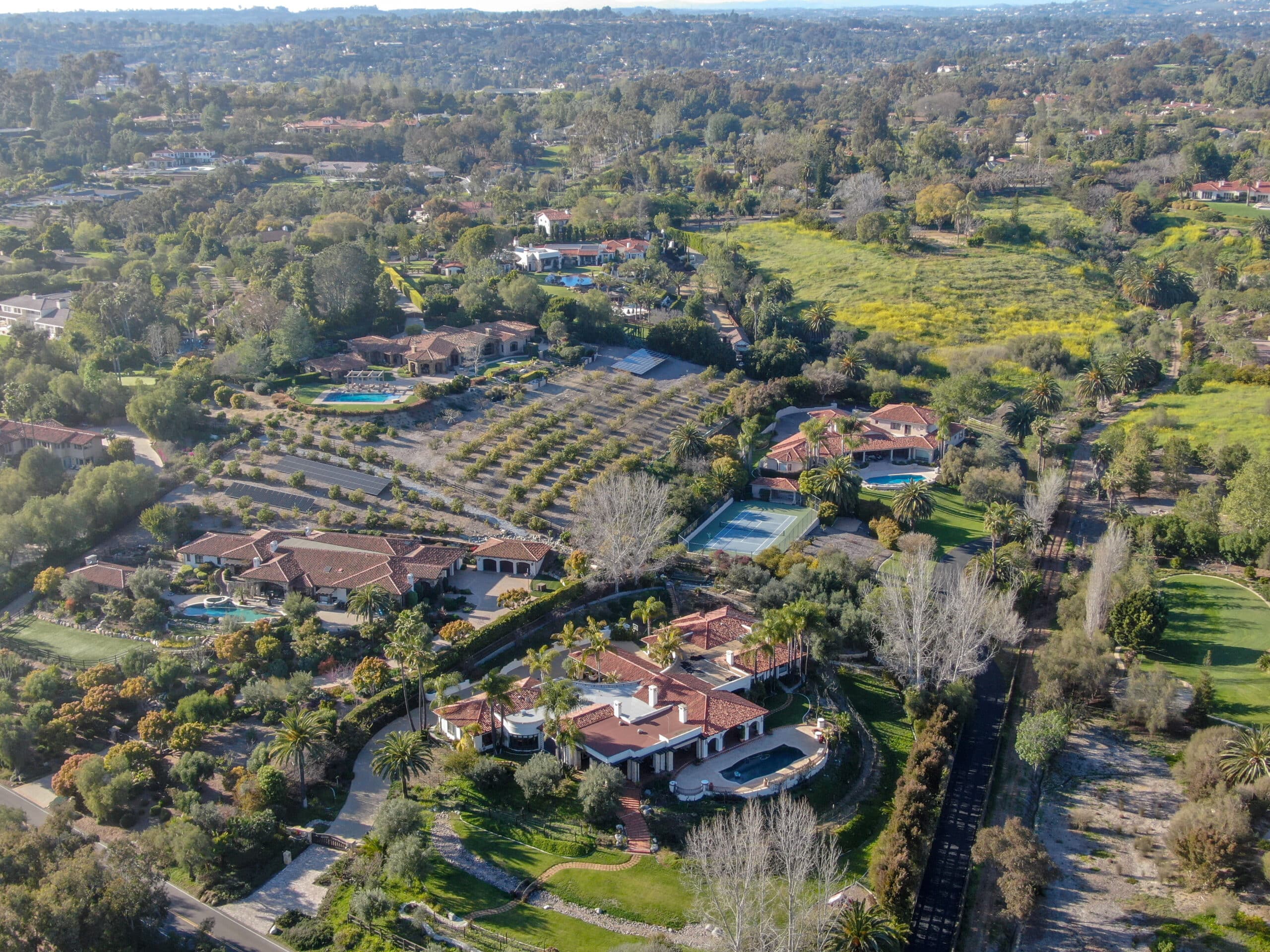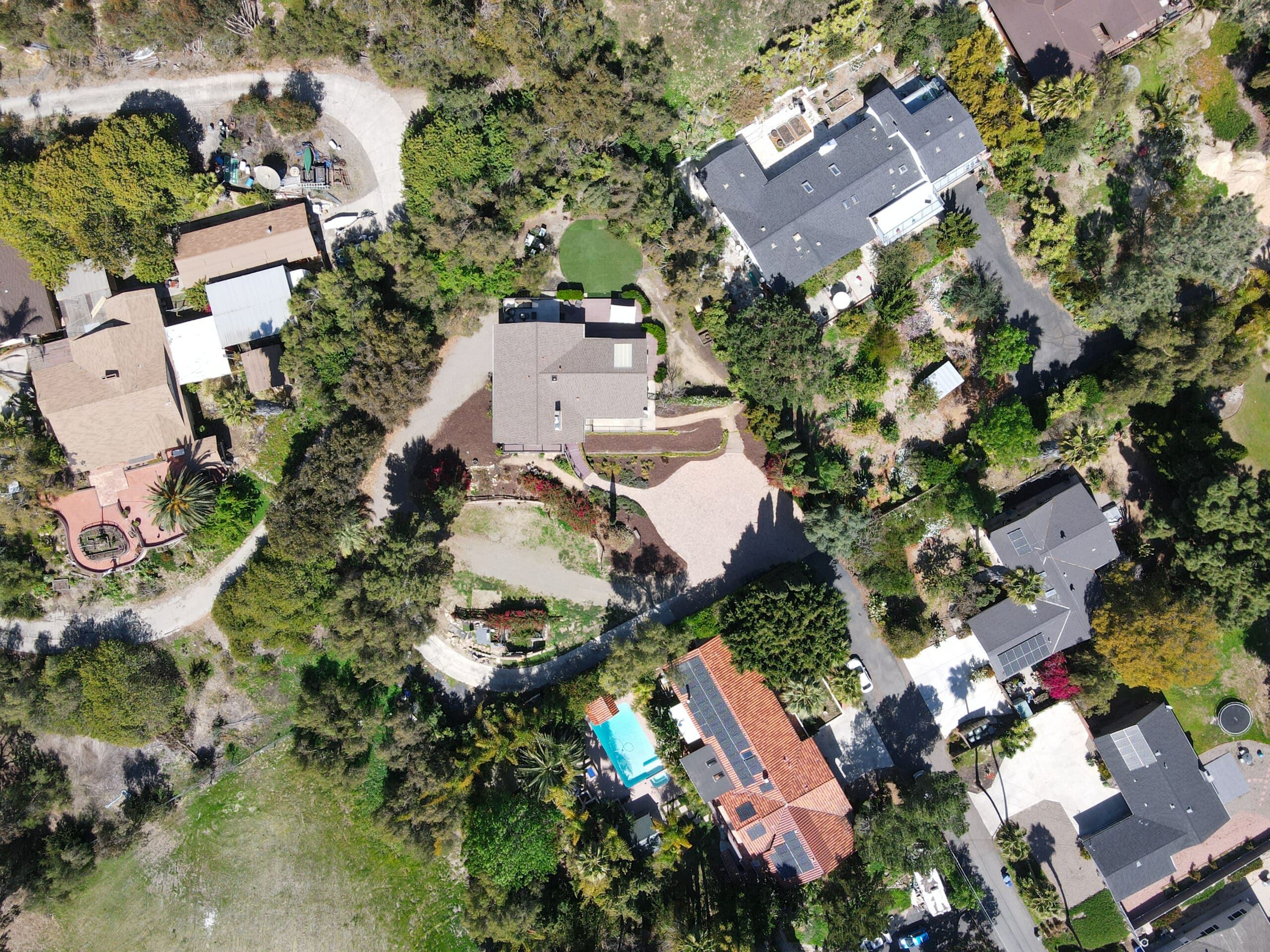Estimated reading time: 13 minutes
Santa Monica, known for its picturesque beaches and vibrant cultural scene, presents a unique set of security challenges for private events. Given its popularity as a tourist destination and a hub for significant events, ensuring the safety and security of guests requires meticulous planning and a deep understanding of the locale’s specific needs. Event security in Santa Monica must consider the usual concerns of crowd control and unauthorized access and the area’s geographic and cultural nuances that impact security strategies. This article explores the intricacies of managing event security in such a dynamic environment, focusing on the geographical and cultural landscape, local crime statistics, regulatory compliance, community collaboration, venue security, traffic management, and local law enforcement partnerships. By comprehensively addressing these aspects, event organizers can create a safe and welcoming atmosphere for all attendees.
Table of contents
- Overview of Santa Monica’s geographic and cultural landscape affecting security planning
- Analysis of local crime statistics and common security threats for event organizers
- Navigating Santa Monica’s Regulatory Environment: Permits, Restrictions, and Compliance
- Coordinating Security Efforts with Local Businesses and Community Stakeholders
- Strategies for Securing Beachfront and Outdoor Venues Against Unauthorized Access and Environmental Hazards
- Importance of Traffic and Parking Management in Congested Areas
- Working with the Santa Monica Police Department: Communication Channels and Support Services
- Conclusion
Overview of Santa Monica’s geographic and cultural landscape affecting security planning
Understanding the Geographic Layout
Santa Monica’s geographic layout significantly influences event security planning. The city’s coastal location means many events are held on or near the beach, presenting unique challenges such as securing open boundaries and dealing with sand and sea-related issues. The urban areas, characterized by their bustling streets and dense populations, require different considerations, such as managing foot traffic and ensuring quick access to emergency services. Event security companies must, therefore, tailor their strategies to the venue’s specific geographic characteristics, ensuring both natural and urban environments are accounted for in their planning.
Cultural Factors Impacting Security
The cultural diversity and vibrancy of Santa Monica also play a crucial role in security planning for events. The city hosts various events, from art festivals and concerts to corporate gatherings and private celebrations, each attracting different demographics. Security for events must be adaptable, respectful, and sensitive to the attendees’ cultural nuances and the event’s nature. This involves training security personnel in cultural competency, implementing security measures that respect attendees’ privacy and dignity, and planning for various scenarios that could arise from the cultural dynamics at play.
Tailoring Security to Event Types
Event types in Santa Monica vary widely, necessitating customized security approaches. Outdoor events, for instance, require comprehensive perimeter security and emergency evacuation plans, while indoor events might focus more on access control and surveillance. To develop effective security measures, event security services must consider the event’s scale, audience, and activities. This includes crowd management strategies, bag checks, advanced surveillance technologies, and coordination with local emergency services. Tailoring security to the specific needs of each event ensures a safe environment for participants while minimizing disruptions to the local community.
Analysis of local crime statistics and common security threats for event organizers
Evaluating Local Crime Rates
Understanding local crime statistics is crucial for effective event security planning in Santa Monica. Data on crimes such as theft, vandalism, and public disturbances provides valuable insights into potential security threats. Event security companies can leverage this information to anticipate and mitigate risks specific to the area. For instance, a higher pickpocketing or theft in specific locales may necessitate increased surveillance and undercover security personnel during events. Analyzing crime trends also helps allocate resources efficiently, ensuring that security measures are effective and proportional to the assessed risk.
Identifying Common Security Threats
Common security threats for events in Santa Monica extend beyond crimes, including unauthorized access, crowd-related incidents, and emergencies. Unauthorized access is a significant concern, especially for private events, where ensuring that only guests gain entry is paramount. Implementing access control measures, such as RFID wristbands or biometric verification, can enhance security. Crowd-related incidents, including surges or panic in response to perceived threats, require careful planning and coordination with event security services to manage effectively. Given Santa Monica’s coastal location and the potential for large crowds, preparedness for natural or medical emergencies is also vital.
Adapting to Seasonal and Event-Specific Threats
Seasonal variations and the specific nature of each event influence Santa Monica’s event landscape. Summer months, with their influx of tourists and outdoor events, may see an increase in petty crimes and require heightened security measures. Similarly, high-profile events or those involving VIPs may attract more significant security threats, necessitating specialized security protocols. Event organizers and security for events must stay informed about current threat levels and adapt their security measures accordingly. This includes continuous monitoring of local intelligence and maintaining a flexible security posture that can adjust to evolving threats.
By thoroughly analyzing local crime statistics and understanding common security threats, event organizers in Santa Monica can develop robust security strategies that protect guests and property. This proactive approach ensures that events run smoothly, providing attendees with a safe and enjoyable experience.
Navigating Santa Monica’s Regulatory Environment: Permits, Restrictions, and Compliance
Understanding Permit Requirements
Securing the necessary permits in Santa Monica is a critical first step for event organizers. The city’s regulations mandate permits for various aspects of an event, including venue usage, sound amplification, and street closures. Compliance with these requirements ensures that events do not disrupt local life more than necessary and meet safety standards. Event security companies play a crucial role in this process, advising organizers on the security implications of permit stipulations and helping to develop plans that meet regulatory standards. This might involve drafting detailed security plans or coordinating with city officials to address concerns.
Navigating Restrictions and Zoning Laws
Santa Monica’s zoning laws and public space restrictions directly impact where and how events can be held. For instance, beachfront events may face stricter noise regulations, while some urban regions might have crowd sizes or event duration limitations. Event security services must be well-versed in these regulations to guide event planning and implementation effectively. This includes understanding how to secure venues in compliance with zoning laws and identifying potential security challenges posed by restrictions, such as limited access points or proximity to residential areas.
Ensuring Compliance with Local Laws
Compliance with local laws extends beyond obtaining permits and adhering to zoning regulations. Santa Monica has specific requirements related to public safety, including fire codes, emergency access routes, and alcohol consumption. Event security must incorporate these regulations into their planning, ensuring that all safety protocols are in place and that staff are trained to handle legal requirements. This might involve working closely with the Santa Monica Police Department, fire services, and other local agencies to ensure that all aspects of the event are compliant and that communication channels are established for addressing any issues.
Security planning in Santa Monica requires a comprehensive understanding of the city’s regulatory environment. By focusing on permits, restrictions, and compliance, event organizers and security providers can ensure that events run smoothly, safely, and within the bounds of local laws. This careful navigation of the regulatory landscape is essential for minimizing risks and enhancing the overall success of events in Santa Monica.
Coordinating Security Efforts with Local Businesses and Community Stakeholders
Building Partnerships with Local Businesses
In Santa Monica, local businesses are vital allies in ensuring event security. Collaboration can range from logistical support, such as providing parking or venue space, to more direct security roles, such as surveillance sharing or emergency response coordination. Event security companies should prioritize building solid relationships with these businesses before any event. This cooperation enhances security measures and promotes a sense of community ownership and responsibility toward the event’s success. For instance, local businesses might agree to adjust their operations to accommodate the event, thereby minimizing potential conflicts or disruptions.
Engaging with Community Stakeholders
Community stakeholders, including residents, neighborhood associations, and civic groups, play a crucial role in security planning. Their input can provide invaluable insights into local dynamics, potential security threats, and community expectations. Therefore, event organizers and security providers must engage with these groups early in planning. This engagement might include community meetings, surveys, or direct consultations to gather feedback and address concerns. Organizers can foster a collaborative atmosphere by involving community stakeholders in the security planning process, ensuring that the event is seen as a positive addition to the community rather than a disturbance.
Leveraging Local Knowledge and Resources
Local knowledge and resources are indispensable for adequate event security in Santa Monica. Community stakeholders and businesses often deeply understand the area’s nuances, which can be critical for identifying and mitigating security risks. For example, they might provide insights into traffic patterns, known safety issues, or areas prone to unauthorized access. Security for events can be significantly enhanced by tapping into this local expertise, incorporating it into security planning, and leveraging local resources such as private security cameras, lighting, and other infrastructure. This approach ensures a more comprehensive and contextually aware security strategy that benefits from the collective knowledge and capabilities of the local community.
Coordinating security efforts with local businesses and community stakeholders is beneficial and essential for successfully managing events in Santa Monica. Such collaborations ensure that security measures are robust, culturally sensitive, and supportive of the community’s well-being, leading to safer and more enjoyable events for everyone involved.
Strategies for Securing Beachfront and Outdoor Venues Against Unauthorized Access and Environmental Hazards
Implementing Robust Perimeter Security
Securing beachfront and outdoor venues in Santa Monica requires a strategic approach to perimeter security. Given the open and accessible nature of these spaces, establishing clear boundaries is crucial to prevent unauthorized access. This can involve physical barriers, such as fencing and barricades, strategically placed to guide legitimate attendees to controlled entry points. Additionally, surveillance technology, including cameras and drones, can extend the reach of security personnel, allowing for real-time perimeter monitoring. These measures must be designed to respect the natural beauty and public access to these areas, balancing security needs with environmental and community values.
Addressing Environmental Hazards
Outdoor events, especially on the beachfront, are susceptible to environmental hazards, including high winds, sudden storms, and tidal changes. Event security services must, therefore, include comprehensive plans for dealing with such scenarios. This involves closely monitoring weather forecasts and contingency plans for evacuation or shelter. Infrastructure such as stages, tents, and lighting must be secured against strong winds, and the layout should consider high tide lines and potential flooding areas. Environmental hazard planning also includes clear communication strategies to inform attendees of any changes or dangers, ensuring their safety before, during, and after the event.
Access Control and Crowd Management
Access control is vital to managing crowds and preventing overcrowding of beachfront and outdoor venues. This includes ticket checks, wristbands, or other identification methods to distinguish attendees from the general public. Security personnel should be well-trained in crowd management techniques, guiding attendees to their destinations and preventing bottlenecks. Particular attention should be given to emergency exits and evacuation routes, ensuring they are marked and unobstructed. The natural flow of people should inform the placement of amenities and attractions, reducing the risk of overcrowding and enhancing the overall event experience.
Securing beachfront and outdoor venues in Santa Monica requires a multifaceted approach addressing unauthorized access and environmental hazards. By implementing robust perimeter security, preparing for ecological challenges, and managing access and crowds effectively, event organizers can ensure the safety and enjoyment of all participants. These strategies, grounded in a deep understanding of the venue’s specific characteristics and vulnerabilities, are essential for successfully executing outdoor events in such dynamic settings.
Importance of Traffic and Parking Management in Congested Areas
Easing Traffic Flow
In Santa Monica, where events often attract large crowds, effective traffic and parking management are crucial to prevent congestion and ensure the safety of both attendees and residents. Proactive measures include coordinating with local transportation authorities to adjust traffic signals and patterns and accommodating increased flow on event days. Designating specific routes for event traffic can minimize disruptions and improve access to the venue. Additionally, clear signage and real-time traffic updates can guide attendees efficiently, reducing the potential for congestion and confusion.
Strategic Parking Solutions
Given the limited parking availability in congested areas, identifying and utilizing alternative parking solutions is essential. This may involve arranging off-site parking and providing shuttle services to the venue, alleviating parking pressure, and enhancing the attendee experience by ensuring convenient access. Negotiating with local businesses and parking facilities to open up additional spaces during events can also provide relief. Furthermore, encouraging public transportation, ride-sharing, and biking can significantly reduce the demand for parking spaces and contribute to a smoother event experience.
Ensuring Pedestrian Safety
With increased foot traffic around event venues, prioritizing pedestrian safety becomes paramount. This includes implementing temporary pedestrian zones, enhancing crosswalk visibility, and deploying additional crossing guards at crucial intersections. Ensuring that routes from parking areas to the event venue are safe, well-lit, and marked can prevent accidents and improve overall security. Additionally, coordinating with event security services to monitor and manage pedestrian flows can help identify and mitigate potential safety risks in real-time.
Effective traffic and parking management is critical to event security in congested areas like Santa Monica. By easing traffic flow, providing strategic parking solutions, and ensuring pedestrian safety, event organizers can significantly enhance the safety and satisfaction of attendees. These measures contribute to the event’s smooth operation and minimize the impact on residents and businesses, fostering a positive relationship between the event and the community.
Working with the Santa Monica Police Department: Communication Channels and Support Services
Establishing Early Communication
For event organizers in Santa Monica, establishing early and clear communication with the Santa Monica Police Department (SMPD) is crucial for ensuring the safety and security of events. This involves contacting the SMPD during the initial planning stages to discuss the event’s scale, nature, and specific security needs. Early communication allows for a collaborative approach to identifying potential security concerns and developing strategies to address them. It also ensures that event organizers know any law enforcement requirements or recommendations that could affect their planning.
Utilizing Support Services
The SMPD offers various support services that can significantly enhance event security. This includes providing on-site officers for crowd control, traffic management, and emergency response. Additionally, the department can offer guidance on best security practices and assist in developing comprehensive emergency response plans. By leveraging these support services, event organizers can benefit from the expertise and resources of local law enforcement, ensuring a higher level of security for their events.
Coordinating Security and Emergency Response Plans
Effective coordination between event organizers, security providers, and the SMPD is essential for implementing security and emergency response plans. This involves sharing detailed event plans with the police department, including layout, schedule, and expected attendance. Such coordination allows for integrating law enforcement efforts with private security measures, ensuring a unified approach to managing security challenges. Regular meetings and communication channels should be established to facilitate ongoing coordination, allowing for adjustments to security plans as needed and ensuring that all parties are prepared to respond to any possible incidents.
Working with the Santa Monica Police Department is critical to ensuring the safety and security of events in Santa Monica. Event organizers can create a safer environment for attendees through early communication, utilizing support services, and coordinating security and emergency response plans. These partnerships enhance the effectiveness of event security and demonstrate a commitment to public safety, contributing to the event’s overall success.
Conclusion
In conclusion, managing private event security in Santa Monica requires a multifaceted and collaborative approach. From understanding the unique geographic and cultural landscape to navigating the city’s regulatory environment, coordinating with local businesses and stakeholders, securing beachfront and outdoor venues, managing traffic and parking, to working closely with the Santa Monica Police Department, each aspect plays a crucial role in ensuring the safety and security of attendees. These strategies, grounded in thorough planning, awareness of local nuances, and proactive communication, are essential for addressing the challenges associated with event security in this vibrant and dynamic city.
The insights provided in this article underscore the importance of comprehensive security planning that goes beyond traditional measures. By embracing a holistic view that incorporates local knowledge, technological innovation, and community engagement, event organizers can create a safe and welcoming environment for all participants. As Santa Monica continues to host a diverse array of private events, the lessons learned and strategies developed here can serve as a valuable model for other cities facing similar security challenges. Ultimately, the goal is to ensure that every event is memorable and enjoyable but also secure and safe for everyone involved, reflecting the best of what Santa Monica offers.












